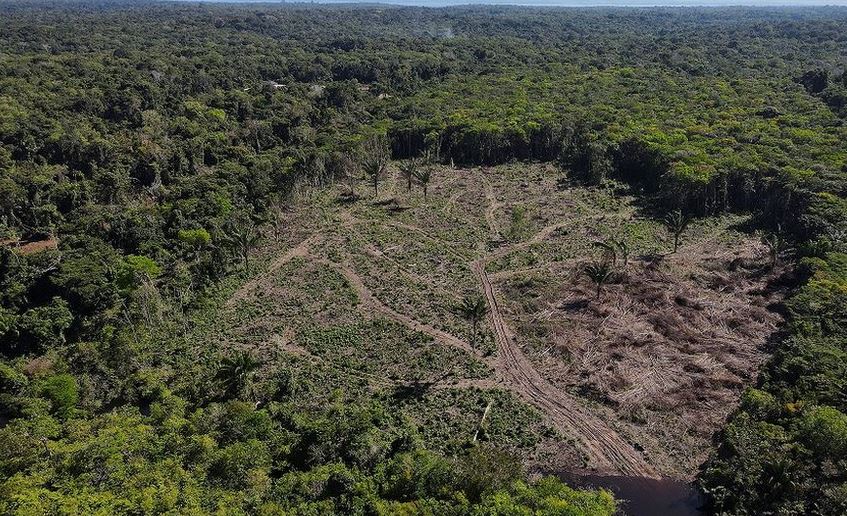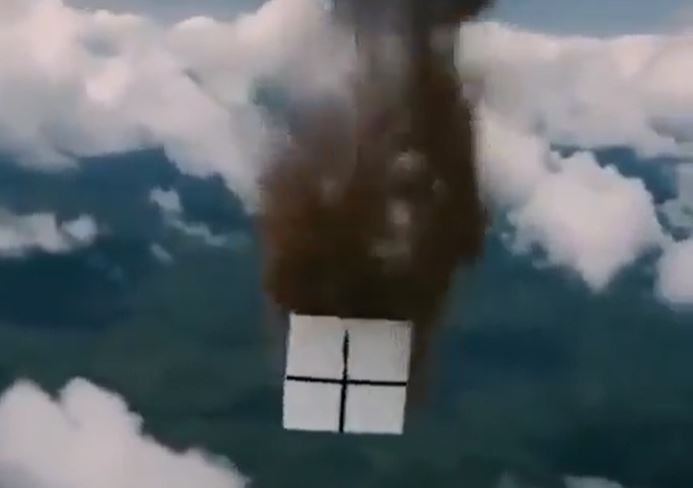In an extraordinary effort to fight deforestation, Brazilian skydiver Luigi Cani took to the skies, releasing over 100 million tree seeds over the Amazon’s degraded landscapes. This innovative approach to reforestation was executed through a meticulously planned aerial operation, aiming to rejuvenate swathes of the world’s largest rainforest.
The seeds, all sourced from local species, were selected for their compatibility with the Amazon’s diverse ecosystem, promoting a higher likelihood of successful germination and growth. This project not only highlights a unique method of environmental activism but also underscores the urgency of addressing deforestation in one of the planet’s most vital ecological zones.
Cani’s initiative has been praised as a creative and ambitious step towards ecological restoration, offering hope and a model for similar conservation efforts globally.

Efforts to Reforest the Amazon Rainforest: A Path to Restoration
The Amazon Rainforest, often referred to as the “lungs of the Earth,” has experienced significant deforestation over recent decades due to logging, agricultural expansion, and mining. However, there’s a growing movement dedicated to its reforestation, aiming not just to restore lost forest cover but also to heal the ecological damage and preserve biodiversity.

Initiatives and Approaches:
- Governmental Programs:
- Brazil’s ARPA (Amazon Region Protected Areas): One of the largest conservation programs in the world, focusing on creating and maintaining protected areas.
- Pacto pelo Desmatamento Zero (Zero Deforestation Pact): A coalition involving various stakeholders to halt deforestation entirely.
- Community-Based Projects:
- Indigenous communities play a crucial role. Projects like those supported by the Rainforest Foundation and the Amazon Environmental Research Institute (IPAM) empower locals to manage and restore their lands, respecting traditional knowledge.
- Technological Innovations:
- Drones and Seed Bombs: Similar to Luigi Cani’s aerial seed distribution, drones are now being used to plant seeds or distribute seed bombs in hard-to-reach areas.
- Smart Reforestation: GIS and remote sensing technologies help in mapping degraded areas, allowing for targeted reforestation efforts.
- Corporate and International Efforts:
- Companies like Amazon (the corporation) and others have pledged funds for reforestation, with initiatives like the “Right Now Climate Fund” supporting reforestation.
- Global initiatives like the Bonn Challenge aim to restore 350 million hectares of degraded land by 2030, with significant portions targeted for the Amazon.
Challenges:
- Land Rights: Conflicts over land ownership, especially with indigenous lands, pose significant hurdles.
- Economic Interests: Balancing conservation with economic activities like cattle ranching and soy production remains challenging.
- Climate Change: Altered weather patterns due to climate change can affect reforestation success rates.
Success Stories:
- Curuá River Project: In Pará, Brazil, this project has successfully restored deforested areas, creating a model for ecological restoration.
- Forest Garden Project: Utilizing agroforestry, this initiative combines food production with tree planting, showing that agriculture and forestry can coexist.
Future Outlook:
The reforestation of the Amazon is not just about planting trees but about restoring a complex ecosystem. It involves:
- Biodiversity Recovery: Ensuring the return of native species.
- Carbon Sequestration: Trees act as carbon sinks, crucial for mitigating climate change.
- Cultural Preservation: Protecting the cultural heritage and livelihoods of indigenous peoples.



